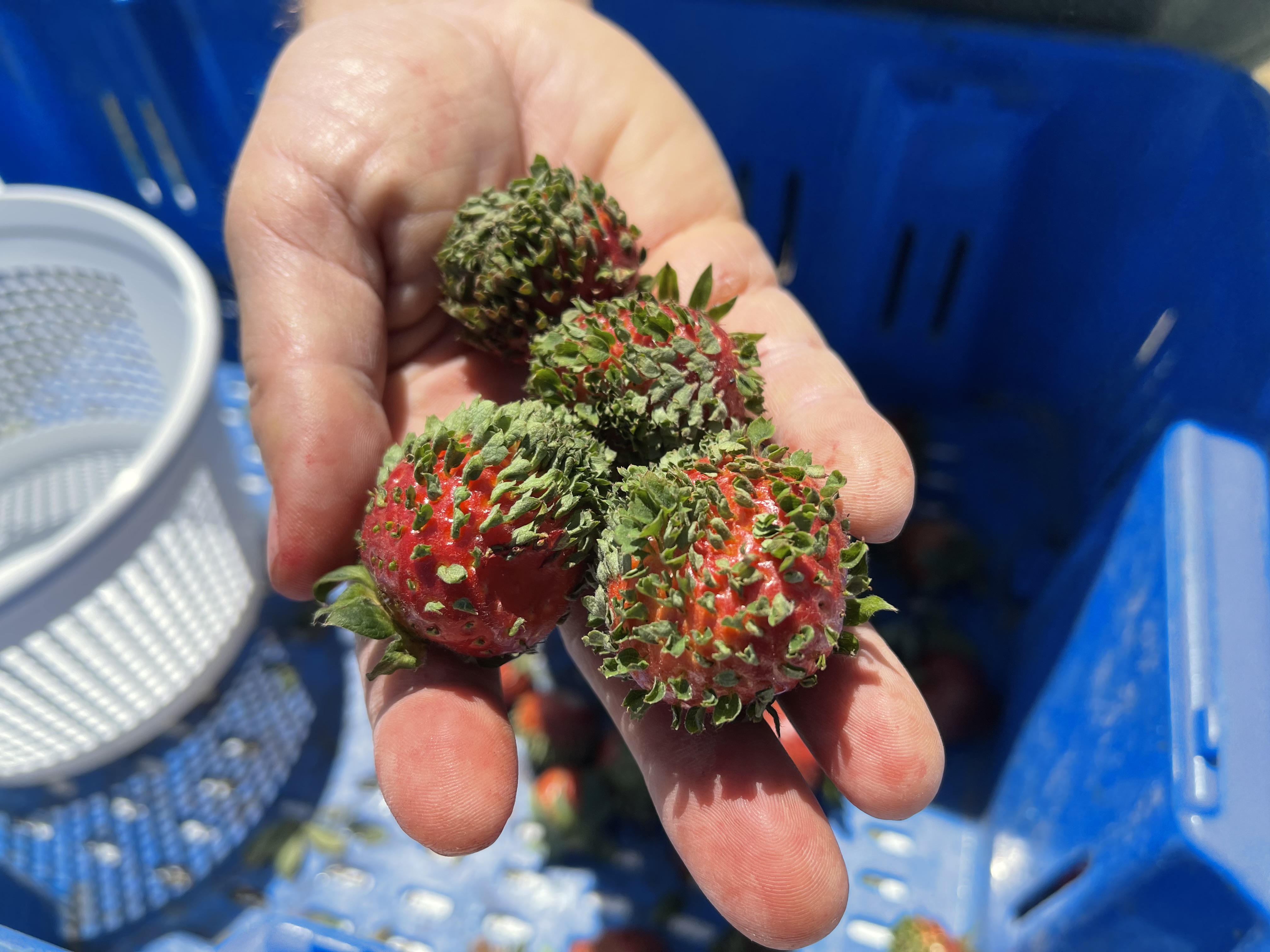Botrytis Year: Resources, Testing and Other Observations
go.ncsu.edu/readext?860045
en Español / em Português
El inglés es el idioma de control de esta página. En la medida en que haya algún conflicto entre la traducción al inglés y la traducción, el inglés prevalece.
Al hacer clic en el enlace de traducción se activa un servicio de traducción gratuito para convertir la página al español. Al igual que con cualquier traducción por Internet, la conversión no es sensible al contexto y puede que no traduzca el texto en su significado original. NC State Extension no garantiza la exactitud del texto traducido. Por favor, tenga en cuenta que algunas aplicaciones y/o servicios pueden no funcionar como se espera cuando se traducen.
Português
Inglês é o idioma de controle desta página. Na medida que haja algum conflito entre o texto original em Inglês e a tradução, o Inglês prevalece.
Ao clicar no link de tradução, um serviço gratuito de tradução será ativado para converter a página para o Português. Como em qualquer tradução pela internet, a conversão não é sensivel ao contexto e pode não ocorrer a tradução para o significado orginal. O serviço de Extensão da Carolina do Norte (NC State Extension) não garante a exatidão do texto traduzido. Por favor, observe que algumas funções ou serviços podem não funcionar como esperado após a tradução.
English
English is the controlling language of this page. To the extent there is any conflict between the English text and the translation, English controls.
Clicking on the translation link activates a free translation service to convert the page to Spanish. As with any Internet translation, the conversion is not context-sensitive and may not translate the text to its original meaning. NC State Extension does not guarantee the accuracy of the translated text. Please note that some applications and/or services may not function as expected when translated.
Collapse ▲Observations of the current Strawberry season in NC
Dear all,
I wanted to share a few observations of the still young strawberry season here in North Carolina. First, Botrytis is everywhere this year, mainly due to heavy row-cover use early on. Clemson University has re-established their pesticide resistant testing service ($100 for out-of-state samples). The submission form can be found here: (Clemson pesticide testing from).
a) This year is a Botrytis year.
Botrytis Grey-Mold (Figure 1) is unfortunately very common this year, due to the heavy row cover use early on and the many heavy rains we had in the past. However, I wanted to extend that we have several tools to manage Botrytis and Anthracnose.
- NCSU has developed a weather based model that helps growers to make spray decisions: https://ipm.ces.ncsu.edu/strawberry-fruit-infection-risk-tool/
- For conventional grower and uses fungicides the best current info is available at the small fruit website: (especially page 40) https://smallfruits.org/files/
2022/01/2022-Strawberry-IPM- Guide.pdf - Download the MyIPM App on your phone (Google Play Store; Apple Store)
Figure 1: Botrytis grey mold on strawberry fruit in NC.
B) Important: Pesticide Resistance Testing has been re-established
Clemson University has re-established the popular pesticide resistance testing service for Botrytis.
Please print out THIS FORM (PDF). You will notice two panels. One for one set of chemicals and one for another set. The idea, though, is that both panels are requested for getting the full picture. Splitting this up was for technical (inhouse) reasons to be able to provide this service at a reasonable price before this year’s season is over. The instate price (South Carolina) for the complete service is $80. For out of state customers it is $100.
We have not been provided with sampling instructions yet. You can use any symptomatic tissue or swipe spores on cotton swabs. Make sure you send enough to test 10 isolates per sample (approx. 20 samples of infected leaf tissue, 15 fruit samples, 25-30 cotton swaps). Please reach out to ppclnc@clemson.edu for more information. We will update you if we have better sampling instructions.
Samples and form needs to be send to:
Molecular Pathogen and Pest Detection Lab
511 Westinghouse Rd.
Pendleton, SC 29670
864-646-2133; ppclnc@clemson.edu
C) Glyphosate Damage and Phyllody
No related to Botrytis, but still an observation. Drift of Glyphosate can happen, especially on strawberry rows on edges or if Glyphosate is used in row middles. Affected strawberry plants will then underproduce, and often phyllody (Figure 2) can occur on fruit from damaged plants. The fruit in figure 2 were collected in a row that accidentally was affected by Glyphosate several weeks ago.
Figure 2: Phyllody on strawberry fruit, caused by prior glyphosate exposure





